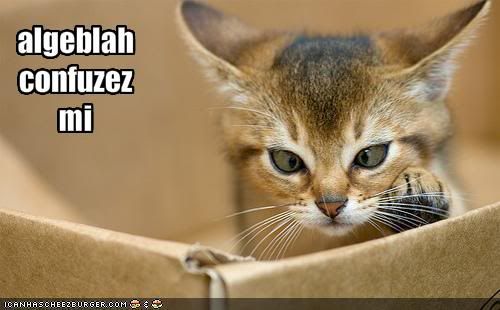How are you? It's been a great unit 3. And now we are just about finished. We have studied and learned quite a bit at a high level. Some of that learning includes:
* Learning what expressions are.
* Learning how to write expressions.
* Learning what rate is.
* Learning how to calculate rate.
* Learning how to calculate distance, rate, and speed using formulas.
* Learning what unit rate is and how to find it.
* Learning what ratios are.
* Learning how to calculate ratios
* Learning how to solve rate and ratio story problems.
* Learning how to plot coordinate pairs on a coordinate plane.
* Learning what linear relationships are.
* Learning how to graph linear relationships.
* Learning how to interpret linear relationships.
The last thing that we will study formally as part of this unit includes:
* Learning how to solve for equations. (We've studied this in units 1 and 2 as well)
* Standard: 6.EE.6 Use variables to represent numbers and write expressions when solving a real-world or mathematical problem; understand that a variable can represent an unknown number, or, depending on the purpose at hand, any number in a specified set.
Learning how to solve equations is a standard that we see a few times this year in math and we will wrap up unit 3 with this standard!

